
Fortnite

Grand Theft Auto: San Andreas

Minecraft

FIFA Soccer

Grand Theft Auto: Vice City

Grand Theft Auto III

Poppy Playtime Chapter 1

Poppy Playtime Chapter 2

Magic Tiles 3

Scary Teacher 3D

Subway Surfers

Geometry Dash

Among us

slither.io

Temple Run 2

Stickman Hook

Toca Life World

Moto X3M Bike Race Game

Garena Free Fire: Winterlands
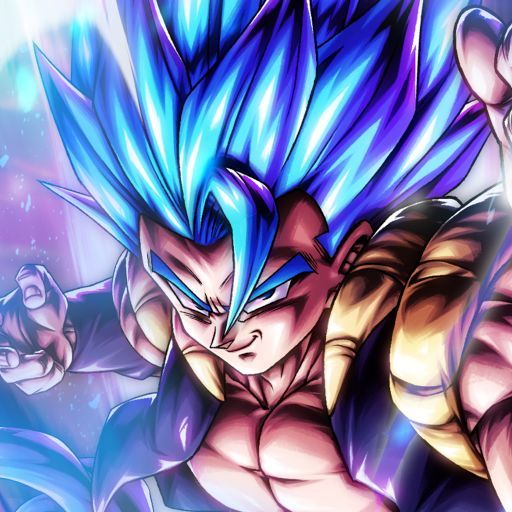
DRAGON BALL LEGENDS

Candy Crush Saga

Call of Duty Mobile

Bloons TD 6

CSR 2 Realistic Drag Racing

Hay Day

Plants vs. Zombies

PUBG MOBILE

Hitman Sniper
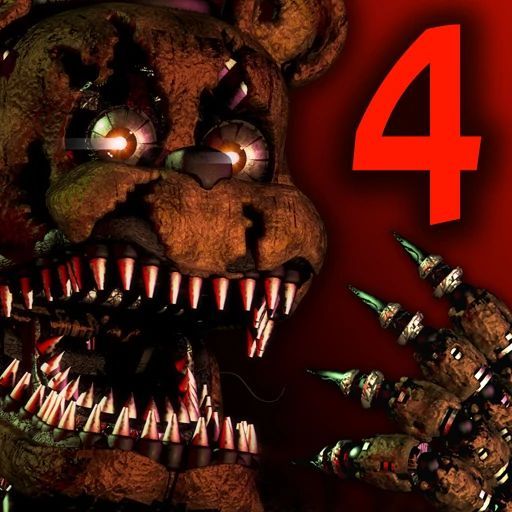
Five Nights at Freddy’s 4
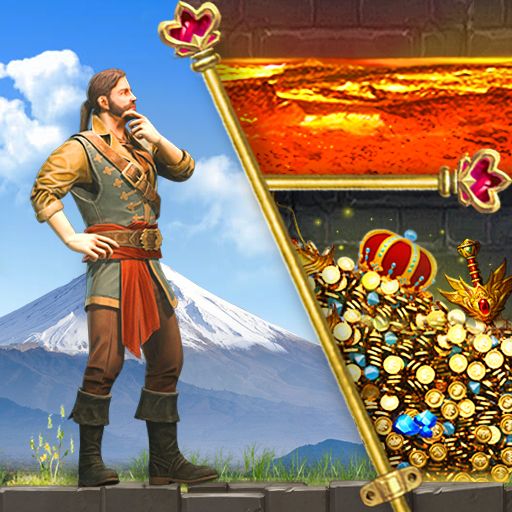
Evony: The King’s Return
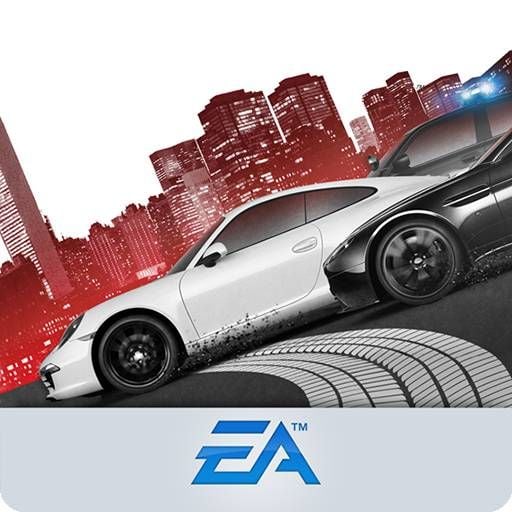
Need for Speed Most Wanted

Need for Speed No Limits

Five Nights at Freddy’s

Super Mario Run

Dead Cells
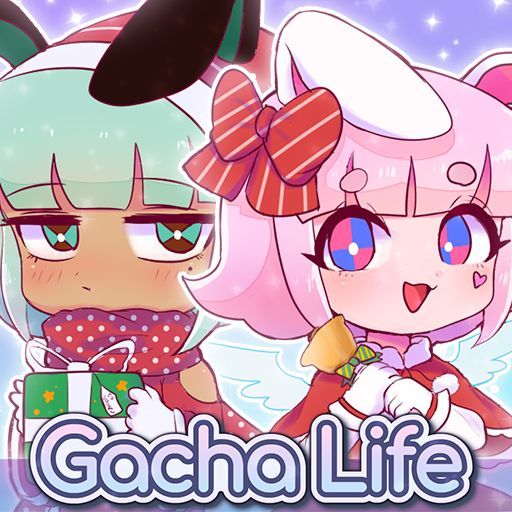
Gacha Life

Pokémon GO

Township

Plants vs. Zombies 2

Tiles Hop: EDM Rush!

Granny 3

Talking Tom Gold Run

Toca Life: Hospital

Sonic Dash

Gardenscapes

Five Nights at Freddy’s 3

Five Nights at Freddy’s 2

Candy Crush Soda Saga
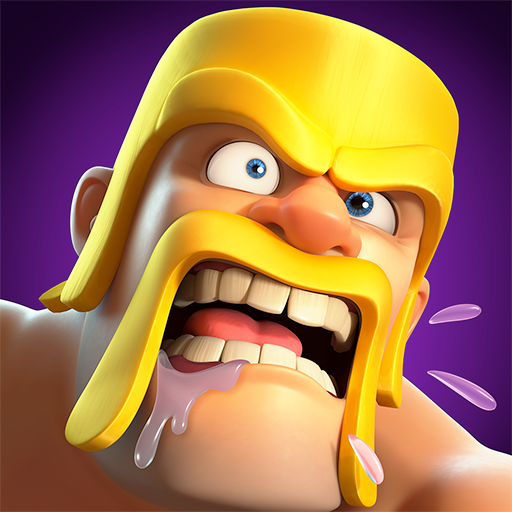
Clash of Clans
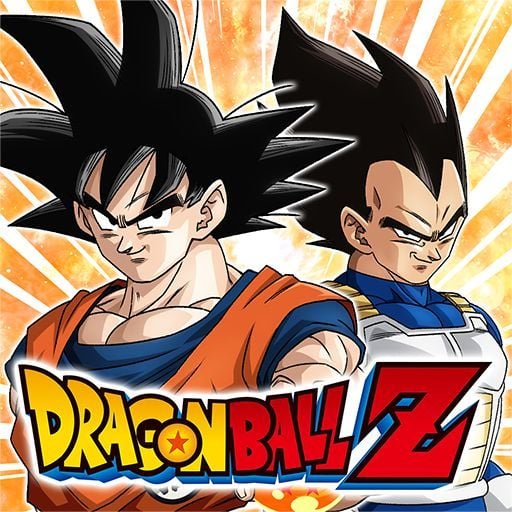
DRAGON BALL Z DOKKAN BATTLE

League of Legends: Wild Rift

Pokémon GO

Star Wars™: Galaxy of Heroe

Asphalt 9: Legends

Bubble Witch 3 Saga

Geometry Dash

Hill Climb Racing

Hill Climb Racing 2

Mafia City
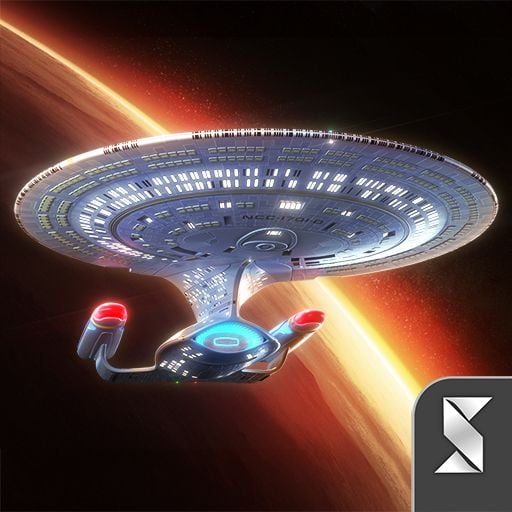
Star Trek™ Fleet Command
Advertisement
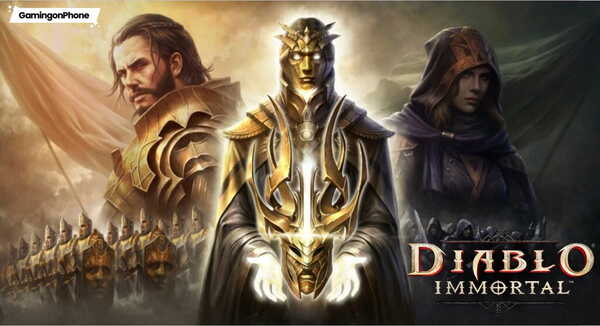
Disclaimers. The mobile game and app download address is from the official app marketplace of iOS App Store and Google Play. It has been checked for security and does not contain viruses or malware.
Platform:
File Size:
Current Version:
Updated Time:
Developer:
Content Rating:
Introduction
When Diablo Immortal was released in 2022, it brought the iconic Diablo franchise to mobile platforms, combining fast-paced combat with deep RPG mechanics. However, despite its success in gameplay and design, the game quickly faced widespread criticism for its aggressive monetization strategy. The core of the controversy revolves around the pay-to-win mechanics, where players can gain a significant advantage by purchasing in-game resources, boosting their power and progression faster than those who don’t pay. This article delves into how Diablo Immortal’s pay-to-win elements affect its player base, competitive balance, and overall longevity.
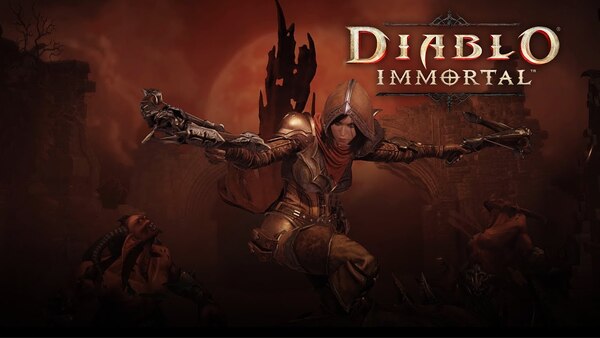
At its core, Diablo Immortal was designed to be a free-to-play game, allowing anyone to download and experience it without paying upfront.
From the beginning, Diablo Immortal adopted the free-to-play model, a system that has become commonplace in mobile games. However, unlike traditional games where players can make progress through grinding and skill, Diablo Immortal introduced a system where paying players could speed up their progression by purchasing powerful items.
One of the most prominent pay-to-win mechanics in the game is the use of Legendary Crests. These are premium items that allow players to enter rifts (dungeons) that offer rare and powerful loot. Players who spend money on Legendary Crests have a much higher chance of obtaining top-tier gear, creating a gap between free-to-play and paying players.
The pay-to-win model in Diablo Immortal is largely built around microtransactions that give players distinct advantages.
Legendary Gems are one of the primary ways players increase their character’s power. These gems, which can be leveled up to provide significant stat boosts, are primarily obtained through paid transactions. Players who buy Legendary Crests are more likely to receive high-rarity gems, whereas free-to-play players have to rely on limited free rewards or an arduous grind.
The in-game currency, Eternal Orbs, can be purchased with real money and used to buy items like Legendary Crests and other powerful resources. These purchases allow paying players to enhance their characters at a much faster rate than those relying solely on free in-game earnings, giving them a distinct edge in PvE (Player vs. Environment) and PvP (Player vs. Player) content.
For free-to-play players, the monetization model presents several challenges, particularly when it comes to competing with those who spend real money.
Free-to-play players often face a steep progression wall in Diablo Immortal, particularly after reaching the endgame. Without access to Legendary Crests or paid boosts, their ability to farm high-end gear is limited, leading to a slower and more grind-heavy experience.
The pay-to-win mechanics also create significant imbalances in PvP. Players who invest money into the game can achieve much higher power levels, making it difficult for free-to-play players to compete on an even playing field. This can lead to frustration and feelings of exclusion, as non-paying players are often outmatched by opponents with superior gear.
One of the most significant concerns surrounding Diablo Immortal’s monetization system is its impact on the game’s competitive integrity.
In competitive modes such as Challenge Rifts and PvP events, players are ranked on leaderboards based on their performance. However, paying players have a clear advantage, as they can obtain better gear, higher-tier gems, and other boosts that make it easier to climb the rankings. This undermines the idea of skill-based competition and discourages free-to-play players from participating in high-level play.
In gaming, “whales” refer to players who spend large amounts of money on microtransactions. In Diablo Immortal, whales can essentially pay to dominate leaderboards and PvP events, rendering skill less important than financial investment. This creates a competitive environment that feels unfair and unbalanced for the majority of the player base.
The Diablo Immortal community has been vocal about its concerns with the game’s pay-to-win mechanics, leading to widespread debate and criticism.
Hardcore fans of the Diablo franchise, who were drawn to Diablo Immortal due to their love for the series, have been particularly critical of the game’s monetization. Many feel that the pay-to-win model goes against the core principles of the franchise, which has traditionally rewarded skill, strategy, and grinding rather than real-money transactions.
Interestingly, casual players who don’t focus on competitive play or the endgame content have been more accepting of the pay-to-win mechanics. For these players, the ability to progress at their own pace without feeling the pressure to spend money is enough to enjoy the game. However, for competitive players, the system has become a major sticking point, leading to a divide in the community.
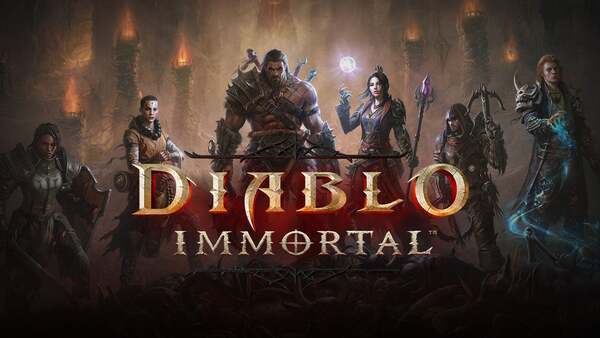
In response to the backlash, Blizzard and NetEase have addressed some of the community’s concerns, but the core pay-to-win elements remain.
The developers have promised to improve the game’s balance, particularly in PvP, by making adjustments to matchmaking and power scaling. However, these promises have yet to significantly alter the fundamental issues caused by pay-to-win mechanics. Many players are skeptical that any future updates will adequately address the divide between paying and non-paying players.
Blizzard has also introduced occasional events and rewards aimed at providing free-to-play players with more resources. For example, certain seasonal events offer free Legendary Crests and other items that help players bridge the gap with paying players, but these rewards are often limited in scope and do little to address the larger issue.
One of the key debates surrounding Diablo Immortal is whether the game should be classified as pay-to-win or pay-to-progress.
Some players argue that Diablo Immortal is not truly pay-to-win, as it’s possible to complete the main campaign and enjoy much of the game’s content without spending money. They believe the game’s monetization simply speeds up progression rather than guaranteeing victory.
However, when it comes to competitive content like PvP and endgame leaderboards, paying players undoubtedly have an advantage. While free-to-play players can eventually progress, the time investment required is significantly greater, leading to the conclusion that Diablo Immortal leans more toward pay-to-win.
The monetization strategy of Diablo Immortal raises broader ethical questions about the role of pay-to-win mechanics in modern gaming.
One of the main criticisms of pay-to-win mechanics is that they undermine the fairness of a game. In a competitive environment, success should be determined by skill, strategy, and effort—not by financial investment. Many players feel that Diablo Immortal’s monetization model violates this principle by giving paying players an unfair advantage.
On the other hand, pay-to-win mechanics are often justified by the business models of free-to-play games. Developers need a way to monetize their games in order to keep them running, and offering powerful items for sale is a proven way to generate revenue. The question, then, is how to strike a balance between profitability and player fairness.
Many other popular games have found ways to monetize without resorting to pay-to-win mechanics.
Games like Fortnite and Apex Legends primarily rely on cosmetic microtransactions, allowing players to purchase skins, emotes, and other non-gameplay items. This ensures that paying players don’t gain an unfair advantage, while still providing a revenue stream for the developers.
The Battle Pass model, seen in games like Call of Duty: Warzone and Valorant, offers players a way to unlock rewards through gameplay. While players can pay to speed up their progress, the rewards are typically cosmetic or minor gameplay boosts, ensuring that skill remains the primary determinant of success.
The question remains whether Diablo Immortal can address its pay-to-win issues while maintaining its profitability.
Blizzard and NetEase could explore alternative monetization methods, such as introducing more cosmetics-based purchases or creating a more balanced system for obtaining Legendary Gems. While it’s unlikely that the game will completely eliminate its pay-to-win elements, small changes could help restore some competitive integrity.
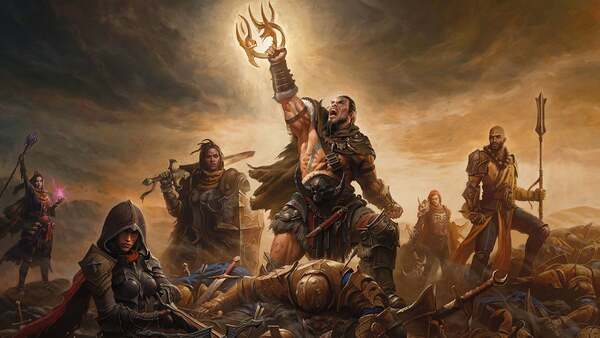
Ultimately, the success of Diablo Immortal and its monetization model could influence future Diablo titles. If the pay-to-win controversy persists, it could damage the reputation of the franchise, particularly among its core fan base.
Conclusion
The pay-to-win controversy surrounding Diablo Immortal has cast a shadow over an otherwise engaging and well-designed game. While the monetization model offers paying players significant advantages, it creates imbalances that affect the game’s competitive integrity and alienate free-to-play players. As the gaming community continues to debate the ethics of pay-to-win mechanics, Diablo Immortal remains at the center of the conversation, raising important questions about fairness, accessibility, and the future of the franchise.